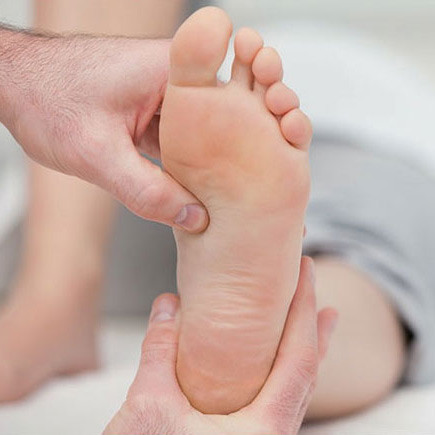Achilles Lengthening for Diabetic Foot Ulcers

Diabetic Foot Ulcer treatment at WeTreatFeet Podiatry, Foot and Ankle Care, Baltimore, Maryland. Dr. Mikel Daniels President , Chief Medical Officer, and Managing Member at WeTreatFeet Diabetic foot ulcers are a common complication of diabetes, affecting up to 25% of patients with diabetes during their lifetime. One of the main causes of diabetic foot ulcers […]
What is the diabetic foot?

If you have diabetes, one of the most common issues and concerns is your foot. Your foot is a complex structure consisting of 26 bones, 33 joints, and 120 muscles/ligaments/nerves[1]. Each structure has a unique purpose, and diabetes can causes alternation in function for any of them. The most common problem we see in diabetics […]
